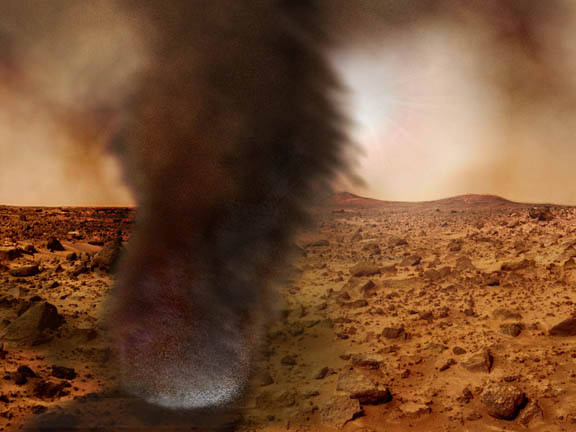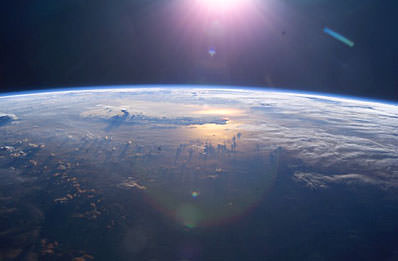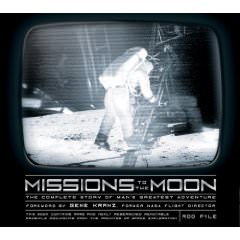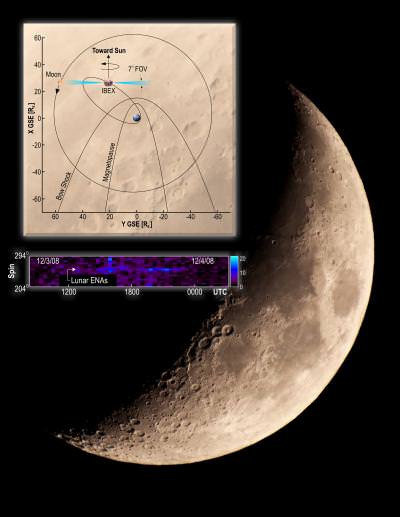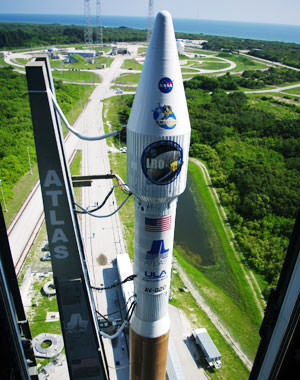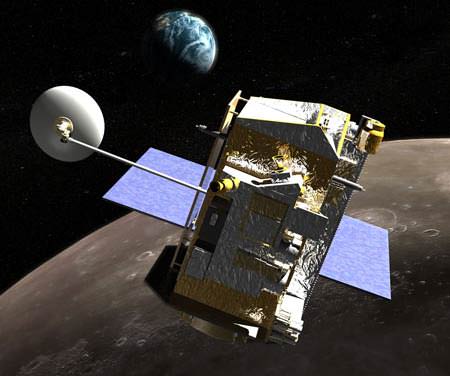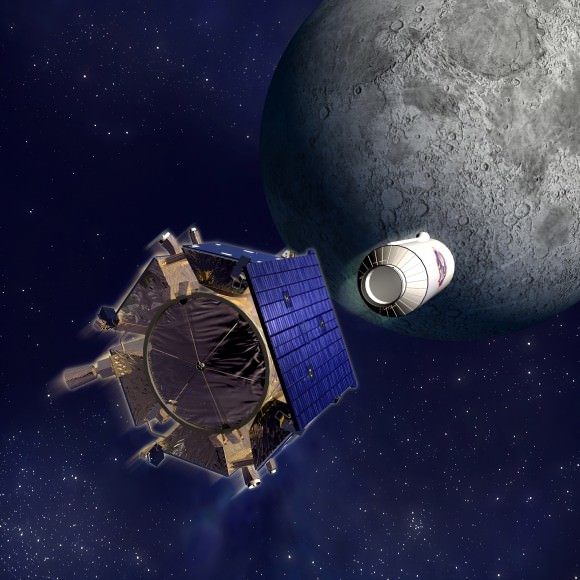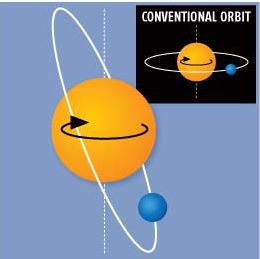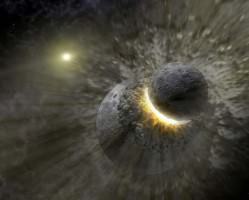Mercury is the closest planet to the Sun but not the hottest. That distinction goes to Venus. The planet was named after the Roman messenger of the gods because it orbits the Sun so quickly. Mercury is a small, grayish planet that is often said to resemble the Earth’s Moon.
Venus, the second planet from the Sun, is the hottest planet because its atmosphere tends to trap heat. Named after the Roman goddess of beauty, Venus is the brightest planet. In fact, the only celestial body that is brighter is the Moon. Venus is around the same size as Earth with similar gravity, causing it to be referred to as Earth’s twin.
Earth is the third planet from the Sun. It is the only planet where life has been confirmed to exist. Roughly two-thirds of Earth’s surface is covered with oceans, and so far Earth is the only place where liquid water is known to exist.
Mars was named after the Roman god of war because of its red color, which is caused by rust in the rocks on the surface. Since it is the closest planet to Earth, people have long wondered if life could exist on Mars. Although no life has been discovered so far, some people still think that there may be life on Mars.
Jupiter, a gas giant, is the largest planet in this solar system. It was named after the Roman king of the gods, probably because of its size. Jupiter has 63 moons, one of which, Ganymede, is the solar system’s largest moon. Jupiter is also home to an enormous storm, the Great Red Spot, which has been raging for over two hundred years.
Saturn, the sixth planet from the sun, was named after the Roman god of agriculture and harvest, Saturnus. It is also a gas giant and therefore does not have a solid surface. One distinctive feature of the planet is its rings, which are composed of small pieces of rock and ice.
Uranus, the third largest planet, is also a gas giant. One interesting fact is that its moons were named after characters from works of literature by Shakespeare and Alexander Pope. Uranus orbits very slowly; it takes the planet 84 years to circle the sun.
Neptune is the furthest planet from the Sun. It was named after the Roman god of the sea; this is not surprising because it is bright blue, reminding one of a beautiful ocean. Neptune has four rings, although they are difficult to see. When Pluto was reclassified as a dwarf planet, Neptune became the eighth and last planet in the solar system.
Universe Today has a number of other articles about this including the planets and the solar system for kids.
If you are looking for more information check out this overview of the planets and article on planets in our solar system.
Astronomy Cast also has numerous articles on the planets so take a look at this one for starters: the planet Earth.


